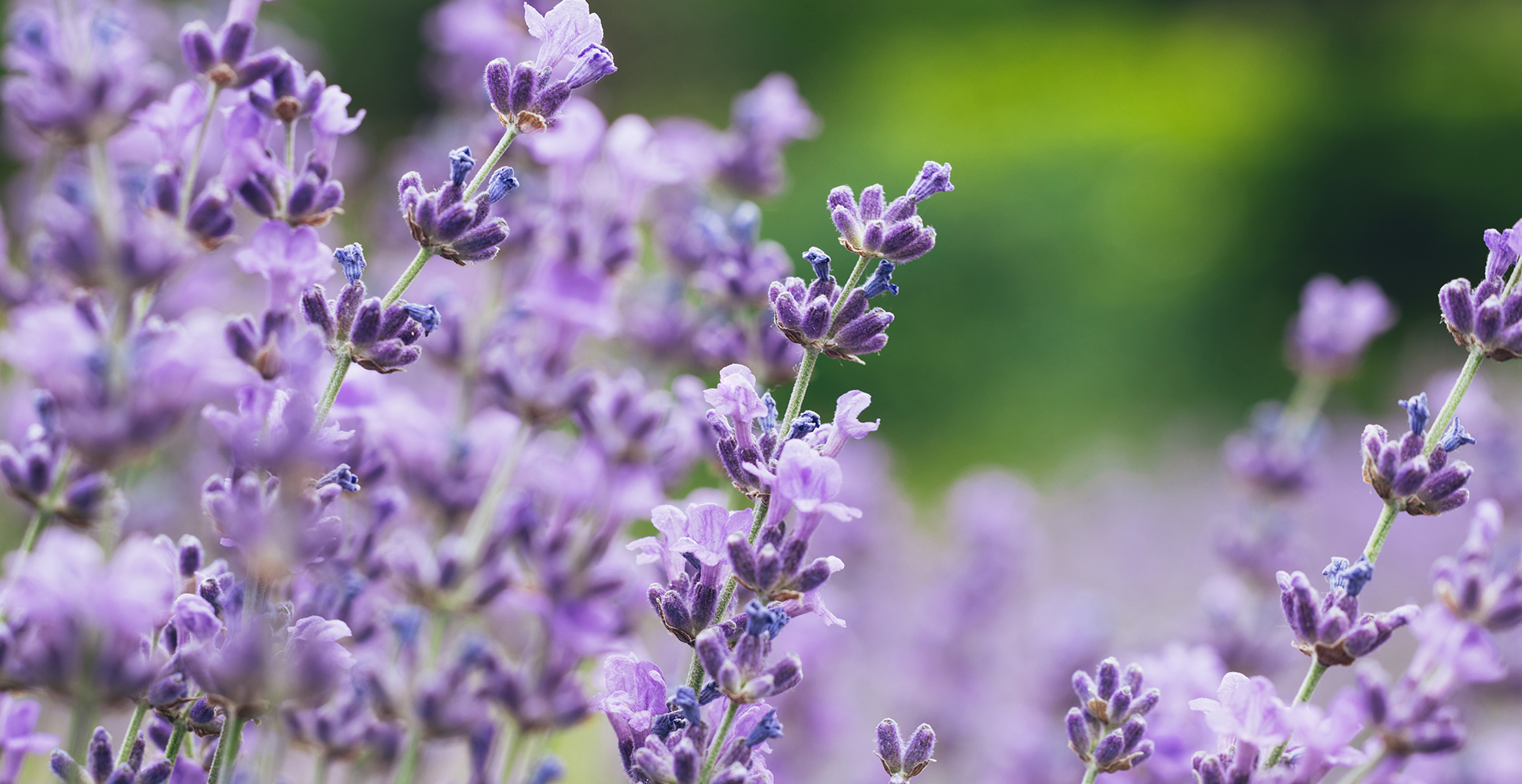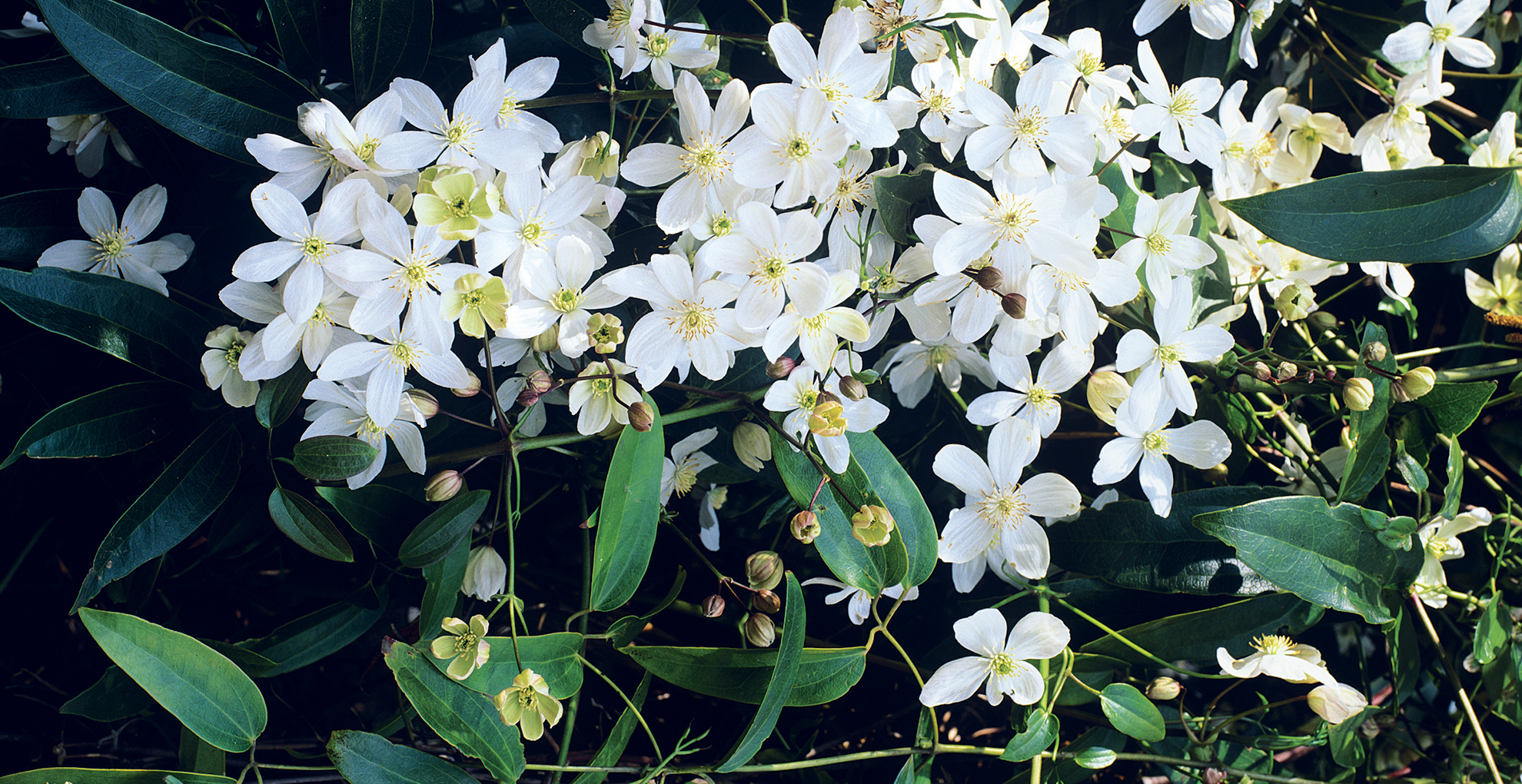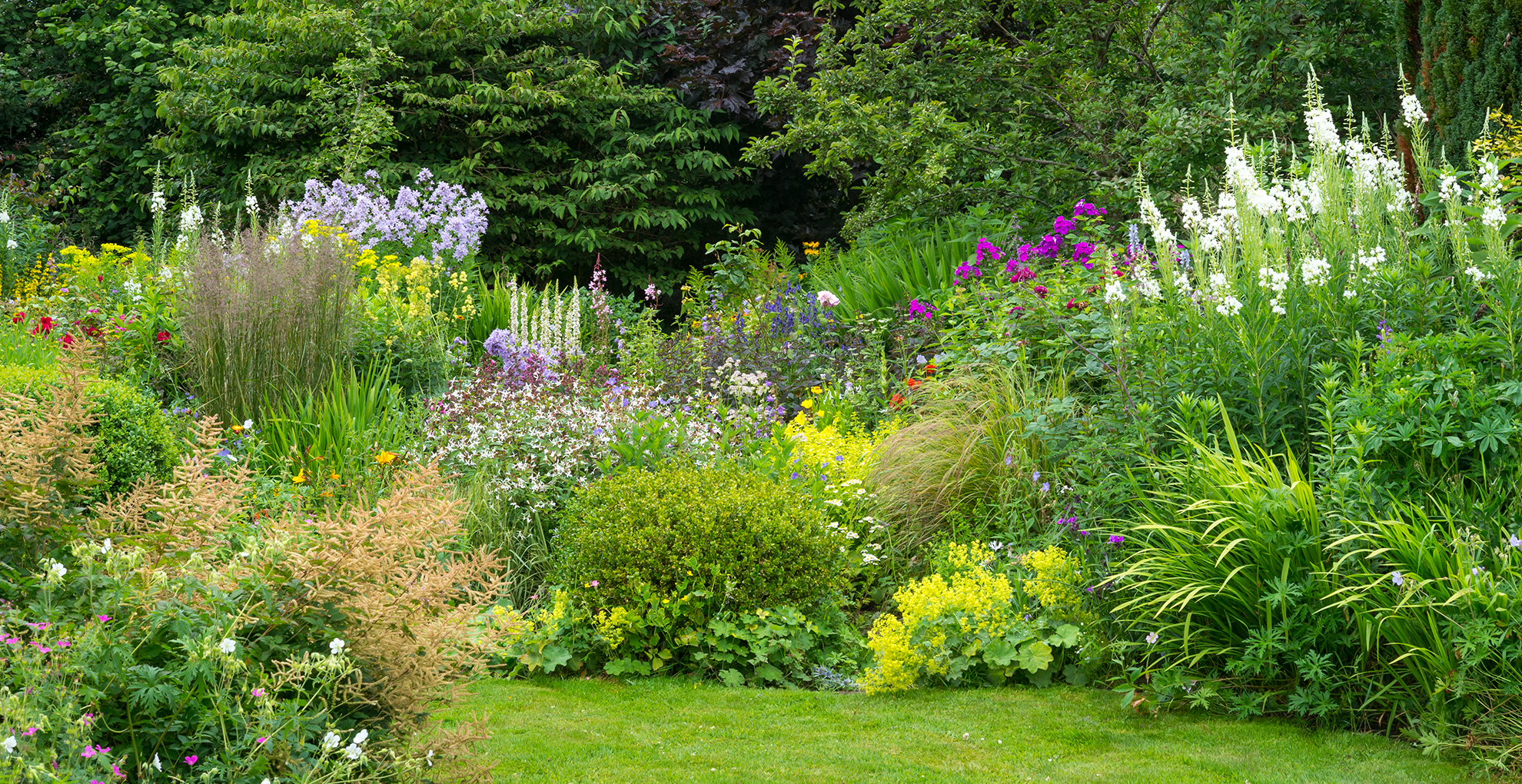
There are key plants to prune in May to take advantage of optimum conditions to protect and preserve future buds. Marking the end of spring May is the ideal time to tend to perennials that are finishing flowering and plants that need pruning back to bloom better for the remainder of the year.
To ready your garden trends for the summer ahead, cutting back certain plants now will encourage strong, fresh growth – it also helps to keep them in shape.
Much like planting grass seed at the ideal opportunity, these are essential gardening jobs that you'll be glad you've timed perfectly to enjoy more bountiful blooms and lush greenery all summer and preserve next year's displays.
We've identified four plants you should prune this month, to keep them looking their best - along with expert tips on how to trim each one more efficiently.
Priority plants to prune in May
"As a general rule, if a plant blooms before May, it's a good idea to prune after it's finished flowering - which is why now is a good time to deadhead tulips and daffodils," advises Christopher O'Donoghue of Gardens Revived.
Just ensure you know exactly what to do with daffodils after flowering and what to do with tulips after flowering because it's not as easy as merely pruning as standard.
"Take care when pruning back shrubs and hedges, though, as many will be filled with nesting birds at this time of year," Christopher warns. "It's best to wait until after nesting season, which typically runs from March to August (but can vary based on species and local conditions).
"After this time you can trim back these plants over the late summer and winter months - especially as it is it is illegal to disturb or destroy the nest of any wild bird while it's in use or being built under the Wildlife and Countryside Act 1981."
Differing from the plants you prune in February and the plants you prune in March here are the plants Christopher goes on to identify as most significant to prune now, before May is over and the summer months ensue.
1. Lavender

To make the most of the beautiful purple blooms all summer long experts say it's important to prune lavender by the end of this month – before it's too late.
"Lavender is well worth pruning at this time of year, so long as you don't chop off too much, as it will encourage better flowering over the summer by stimulating growth," Christopher explains. Aim to chop no more than a third off, only taking away from the very top of the stems where it appears more leggy.
"Not only will this help promote better flowering it will also help you achieve that popular rounded shape." Use a quality set of secateurs to ensure a clean, crisp cut.
The end of May into June is also the prime time to prune lilac for the same reason, because the buds which will flower next spring start to grow soon after the current flowers have completely died, therefore if pruning is left too late you risk ending up with less if any flowers the following year.
2. Clematis

Knowing when and how to prune clematis plants will depend on the variety you are growing. For example, "Early-flowering clematis should be pruned as soon as it's finished flowering, which is typically in May," Christopher explains.
It's a similar story when looking at pruning buddleia because there are several popular varieties and each method of pruning will differ depending on the flowering type.
"Cut your early-flowering clematis back depending on the size and shape you're after, then water and mulch it well."
3. Herbaceous Perennials

"You'll likely have heard of something called The Chelsea Chop (so dubbed because it coincides with the RHS Chelsea Flower Show), which calls for gardeners to extend the blooming period of herbaceous perennials like sedums, echinacea and heleniums," says Christopher
"Do so by using a sharp pair of secateurs to cut them back by about a third."
4. Bay trees

If you have resisted the temptation to prune already, as I had to do when faced with the issue of why my bay tree leaves were turning brown, now is the ideal time to tend to bay trees.
"Bay trees will benefit from a gentle prune this month," says Christopher, "so whip off any ground-level suckers and prune back to a healthy bud."
I will most definitely be taking this opportunity to remove the few remaining sad-looking branches to restore my bay tree to its former glory for the remainder of the year.
Tending to these crucial pruning jobs at the right time is the secret to ensuring more bountiful blooms ahead of next spring, following in similar footsteps as that of succession planting that provides a continuous growing pattern.
The same can be said for mastering what to do with bluebells and what to do with primrose once they've passed because these beloved perennial plants will deliver beautiful blooms next year too and with the right help they'll be even more spectacular.







